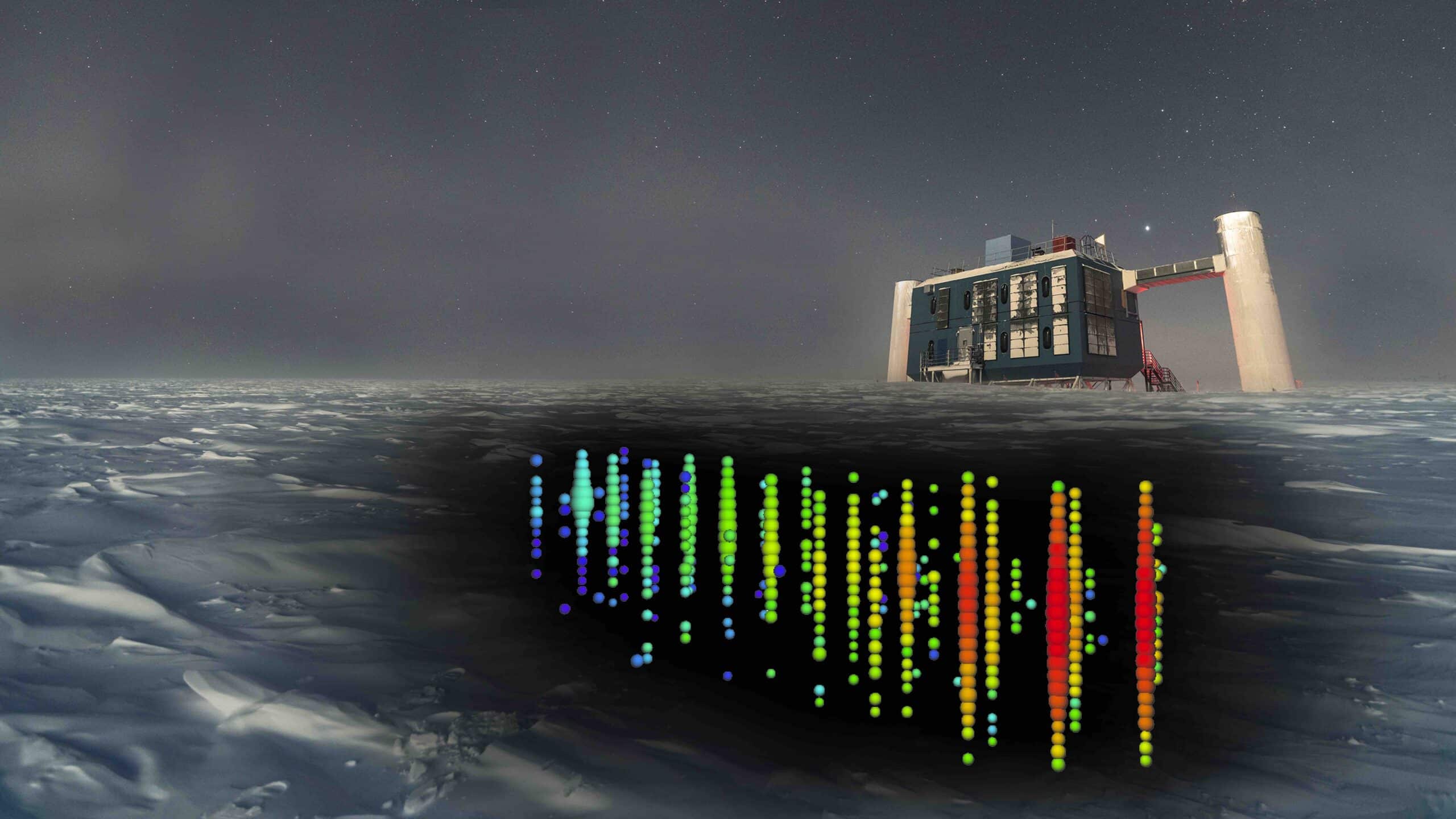Compact Neutrino Detector Makes Breakthrough

In a remarkable advancement for particle physics, a compact neutrino detector has successfully identified antineutrinos at a nuclear power plant. This achievement is significant because it demonstrates that smaller detectors can operate effectively without the massive infrastructure typically required for such experiments. Weighing less than three kilograms, this innovative device detected antineutrinos emitted from a nuclear reactor in Leibstadt, Switzerland. Over a 119-day experiment, the detector, composed of germanium crystals, recorded around 400 antineutrinos. These findings align closely with theoretical predictions, suggesting that this technology could enhance our understanding of physics and improve nuclear monitoring capabilities.
Study Findings and Expert Insights
The study detailing this groundbreaking experiment was submitted to arXiv on January 9. It focused on a specific interaction where neutrinos and antineutrinos scatter off atomic nuclei. This phenomenon, first observed in 2017, allows smaller detectors to function effectively. Kate Scholberg, a neutrino physicist at Duke University, emphasized the importance of this accomplishment. She noted that researchers have been attempting similar feats for decades. Scholberg described the interaction as a gentle push, contrasting it with the complexity of traditional nuclear reactions.
Christian Buck, a physicist at the Max Planck Institute for Nuclear Physics and co-author of the study, echoed Scholberg’s sentiments. He pointed out that this development opens new avenues in neutrino physics. Buck highlighted the clean nature of the interaction, which could help scientists identify undiscovered particles or unexpected magnetic properties in neutrinos. The successful detection of antineutrinos not only validates theoretical models but also paves the way for future research in the field. As scientists continue to explore these interactions, they may uncover new insights that could reshape our understanding of particle physics.
Potential Applications and Challenges
The implications of this research extend beyond theoretical physics. Physicists believe that such compact detectors could play a crucial role in monitoring nuclear reactors. The ability to detect antineutrinos offers valuable insights into reactor activity, including the production of plutonium. This capability has significant implications for nuclear security, as it could help authorities monitor potential proliferation risks. However, challenges remain in implementing this technology effectively.
Jonathan Link, a neutrino physicist at Virginia Tech, cautioned that while the technique shows promise, it is still a challenging approach. The compact detector, despite its small size, requires shielding to eliminate background noise. This necessity limits its portability and practical application in various settings. Furthermore, this experiment helps clarify previous findings in the field. In 2022, a similar claim regarding reactor antineutrinos scattering off nuclei sparked controversy due to inconsistencies with established theories. Buck stated that the new study effectively rules out the validity of those earlier results. As research continues, the field of particle physics remains dynamic, with the potential for further discoveries on the horizon.
Observer Voice is the one stop site for National, International news, Sports, Editor’s Choice, Art/culture contents, Quotes and much more. We also cover historical contents. Historical contents includes World History, Indian History, and what happened today. The website also covers Entertainment across the India and World.
Follow Us on Twitter, Instagram, Facebook, & LinkedIn

